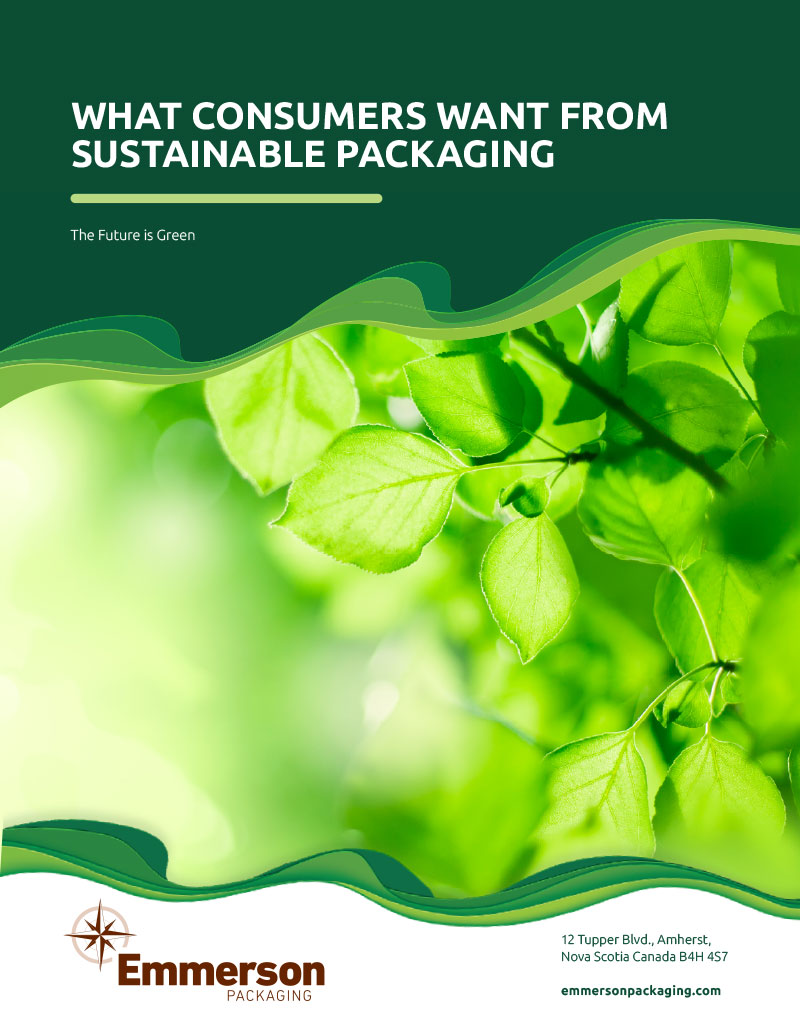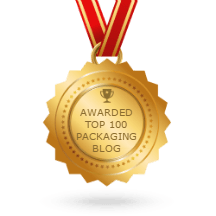The Basics of Sustainable Packaging
June 12, 2019
Biodegradable, compostable, and recyclable, with multiple options for sustainable packaging, how can you be certain which is better for your product, your consumers, and the environment?
Companies in the frozen food, pet food, and towel and tissue industries who haven’t yet “gone green” are lagging behind their more forward-thinking competitors in the area of sustainable packaging.
Recyclable Packaging
Technically speaking, all packaging is recyclable, however, whether a given package is recycled is entirely dependent on whether a resell market exists for the materials for that particular type of package. Markets do exist for many materials that packaging tends to be made from, but not for all. Packaging that is made from two or more materials, is often too difficult or expensive to separate.
The key to creating recyclable packaging is a package made from only one material type. Recyclable symbols 2,4 and 5 are considered to be the easiest to recycle and are the plastics to keep an eye out for in terms of packaging.
Typically, packages on shelves today are comprised of a two-layer lamination of polyester and polyethylene. The polyester layer has a high melting point and is required for the process to make a typical pre-made package like a bottom gusset pouch, a flat bottom box pouch or a quad bag. The film is processed through complicated equipment that exerts considerable heat and pressure.
The polyethylene layer is the sealant layer on the inside of the package and has a melting temperature considerably lower than PET and can form very strong seals.
The problem is the two materials have very different melting points and therefore are difficult to recycle. During the recycling process, you chop it up, clean it, melt it and form pellets. A PET/PE will not melt at a common temperature. For that reason, if a resin is identified as a #7 for “other” it is very difficult to recycle, and few areas in North America have the facilities to do so.
Emmerson Packaging’s SmartPack™ technology is an innovative, award-winning single layer package, that gives your packaging the premium look and performance your brand deserves while allowing it to be recycled at the end of your product’s life.
SmartPack™ utilizes energy-curing technology, reducing the number of films required for a given package. This process represents a significant breakthrough in packaging reduction and sustainability. With SmartPack™, a package that once carried recycle symbol #7 now has a #2 rating, meaning millions of packages each year can be diverted from landfill into the recycling stream.
Recyclable packaging and local waste management systems
It is only recently that people are starting to understand the impact of sustainable options and the impacts on the environment. The focus on sustainable initiatives and lofty goals with big corporations (P&G, Unilever, Walmart etc.) shouldn’t be underestimated as it’s only a matter of time until smaller companies will start to follow.
As a flexible packaging manufacturer, we are working to ensure that those companies that value recycling have the option, however we are aware that while brand owners, retailers and suppliers are moving towards sustainable packaging, that is only half of the solution to a bigger problem.
Each municipality/county across North America has their own guidelines regarding recycling, and a lot of consumers have hit back at their local waste management systems for not allowing plastic bags in the recycling bin. While several packaging suppliers have products to help customers on their sustainability journey, there remains work to be done outside of the packaging industry and brand owners to ensure proper separating and diversion streams are in place to take advantage of sustainable packaging options.
Its worth remembering that while some places won’t allow things like plastic bags in their curbside recycling, many local retailers have established plastic bag recycling programs, so people do have the opportunity to recycle, just not at the curb.
Biodegradable Packaging
“Biodegradable” refers to any material that can be broken down into its smallest possible components by living micro-organisms without causing harm. Lots of materials are technically biodegradable but, if the degradation process takes dozens or even hundreds of years, it doesn’t do much good for the environment.
To meet the definition of sustainable packaging, biodegradable materials used in packaging must break down in a reasonable amount of time.
As sustainable packaging options, our SmartPack-BDG™ and PetPack-BDG™ give both producers and consumers the premium product they want without leaving waste behind. They’re the easiest sustainable packages to dispose of—you can simply throw them in your regular garbage, and they will begin to degrade in an active landfill (anaerobic) environment. Plus, SmartPack-BDG™ is also fully recyclable, giving consumers added flexibility when their package reaches end of life.
Both SmartPack-BDG™ and PetPack-BDG™ have been tested and validated against ASTM D5511, so users can rest assured that complete biodegradation occurs in a sustainable amount of time and leaves behind zero toxic residue.
Compostable Packaging
While compostable packaging is similar to biodegrading, they are two separate processes. Compostable packaging breaks down into individual components: water, CO2, biomass, and inorganic compounds, generally within 90 days.
There are two reasons compostable packaging isn’t more commonplace today: first, most municipalities don’t offer composting facilities (although many are catching up), and second, compostable films tend to be significantly more costly than other sustainable packaging options. As technology improves, composting facilities expand, and more consumers demand sustainable packaging options, the cost of compostable film will decrease as it did (and continues to do) for recyclable films.
Our R&D department has developed compostable packaging technologies that can be customized to the requirements of your packaging project. If you are interested in compostable packaging, our packaging engineers will work with you to create a completely custom solution.
Sustainable Packaging & Your Product
The answer to “which sustainable packaging option is best?” is dependent on how it will be used, who will be using it, and where your consumer market is located.
Many producers choose recyclable packaging as their sustainable packaging option of choice because it’s easy to understand, relatively inexpensive to produce, and consumes less energy throughout its lifecycle than other options.
However, as consumer understanding of sustainable packaging options evolves and facilities to handle compostable, and other forms of biodegradable packaging become more widespread, we may see a shift in this trend soon.
Sustainable Packaging & Your Supply Chain
Whatever your plan for increased package sustainability in the future, it’s important to your consumers that sustainability be prioritized throughout the entire supply chain. Our sustainable claims are backed up by one of the most demanding set of green requirements in the industry. As a member of the Sustainable Green Printing Partnership, we’re part of the 3.6% of North American printers that live up to those standards. By partnering with an SGP certified printer, you can add the SGP certification to your packaging at no additional cost. With the SGP certification logo proudly displayed on your packaging, you’re showing potential customers that you’re committed to environmentally sustainable business practices.
For over 60 years, we’ve consistently received recognition as an industry leader, positioning ourselves to be a more strategic supply chain partner when it comes to providing safer and more sustainable packaging. If you are ready to go green, contact us today and we will help you find the best solution for your product and goals!



